|
Constructed almost 100 years ago, at the beginning of America's love affair with the automobile, and reinvented as a pedestrian and bicycle bridge, the Old Chain of Rocks Bridge is a MUST VISIT attraction for every Historic Route 66 pilgrimage.
It is a two-mile round trip easy hike or bike across this historic old bridge that soars high above the Mississippi River between Madison, Illinois, and St Louis, Missouri, at one of the river's most scenic locations near its confluence with the Missouri River. Even if you can't go the complete distance, you can drive down the road to the left just before entering the parking lot, where you can admire the Old Chain of Rocks Bridge from the base of the Mississippi River.
The Old Chain of Rocks Bridge was named after the 17-mile long shoal in the river, called the Chain of Rocks, a series of underwater rock ledges that create rapids making boat navigation extremely dangerous.
The bridge is near the enchanting water intake towers for the Chain of Rocks pumping station and is infamous for its unusual 30-degree bend near its center. At 5353 feet long and slightly longer than a mile, it is one of the longest continuous steel truss bridges in the United States. It is also the longest Route 66 river crossing. The piers for the bridge are 55 feet above the Mississippi River's high water mark, giving you a view of the St Louis Arch above the trees some 20+ miles away.
Old Chain of Rocks Bridge History
The Chain of Rocks Bridge was the third of five Route 66 river crossings into St Louis, earning its Route 66 designation in 1936. The Mother Road was initially routed across the McKinley Bridge. The second alignment in 1934 crossed MacArthur Bridge. Unfortunately, these two Route 66 corridors channeled traffic directly into the city's warehouse district, bottlenecking downtown St. Louis.
The Chain of Rocks Bridge introduced travelers into the city from its northern side, passing the scenic Chain of Rock Amusement Park, one of St Louis's most picturesque locations, which is now gone. The addition of the bridge to the Route 66 bridge lineup helped ease the amount of traffic in the St Louis downtown area, and as a result, the Chain of Rocks Bridge ended up being used the longest, from 1936 to 1965. Since St. Louis was known as the Gateway to the West, the Chain of Rocks Bridge was considered a significant milestone for long-distance travelers back in the day. They claim it was an absolute pleasure to cross on a beautiful day. The bridge had beautifully landscaped approaches. On the Illinois side, the four-mile-long road was gracefully elevated with dirt fill allowing for beautiful long-distance views, and it was landscaped with four hundred elm trees. An ornate toll booth in a park-like setting near a pond anchored the Missouri side of the bridge. The river bank was lined with brightly lit motels and restaurants—a beacon to the tired and hungry. High up on the bluffs was the picturesque Chain of Rocks Amusement Park overlooking the Mississippi River and the Chain of Rocks Bridge. The amusement park operated from 1927 to 1978, when Six Flags put it out of business. 66 Auto Court Sign Exhibit on the Bridge
Its History as a Toll Bridge
Originally built as a privately owned toll bridge, construction began in 1927, simultaneously on both sides of the river. The piers were completed by August 1928, and the bridge's grand opening was planned for New Year's Day 1929. However, flooding and ice slowed construction, and the Chain of Rocks Bridge finally opened in July of that year. When completed, the bridge cost just over $2.5 million, twice its original estimate.
The toll was only five cents to cross the bridge, but the bridge was rarely used. By 1931, the Chain of Rocks toll bridge was losing money and was placed into receivership.
additional five cents per passenger in each vehicle. The increased toll was to pay for repainting sections of the bridge to green. They had been red, but during the war, the bridge needed to be less visible from the air since it was a significant infrastructure. The increased toll also offset maintenance costs caused by wartime gas rations, reducing the amount of traffic utilizing the bridge.
In 1967, the New Chain of Rocks Bridge opened just 2000 feet upstream, carrying Interstate 270 across the river. Madison made the old Chain of Rocks bridge a free bridge around that same time, but because of its width and that infamous 30-degree bend, no one used it. Finally, when the maintenance cost became too much, Madison closed it in 1968. Construction of the Bridge
The Old Chain of Rocks Bridge was designed to be straight like any typical bridge. However, river captains argued that bridge piers placed so close to the water intake towers and the already dangerous rapids would make it impossible for them to navigate large vessels and barges through here. Then it was discovered that there was insufficient solid bedrock to support the weight of the piers. So the only solution was to move the supports until solid bedrock was found, placing a 30-degree bend in the bridge. While that helped with boat navigation, it was a nightmare for drivers on the bridge!
The Chain of Rocks Bridge designer assured officials that the bend in the bridge would not be a problem for drivers, but accidents were common. Initially, there was less traffic on the road, so the bridge's width, at only 24-foot wide, may not have been a concern, but as time passed, semi-trucks became more common, and automobiles became larger. There's a story about two RVs meeting at the bend. Both were stopped entirely on the bridge, and neither one could move as traffic backed up behind them in either direction. Finally, a couple of motorists got out of their cars, directing the RVs as they inched their way through the bend. They would never have passed each other independently since there was only one inch of clearance between them. As a result, traffic was backed up for an hour. I have also read accounts saying cars had to completely stop on the bridge if they met a big truck at the bend since the truck was in their lane. But that may have even happened when driving the straight-a-way since the bridge was so narrow. Think of it this way. A semi is about 8.5 feet wide. In a 12-foot lane, a perfectly centered truck would only have 21 inches of clearance on either side if they stayed in their lane. Because of their length, big trucks most likely had to take the curve diagonally, right through the center. I can't even imagine driving across this bridge today. It had to be a real steering wheel clutcher! The Chain of Rocks Shoal
By 1940, the Chain of Rocks was the only impediment preventing a safe and reliable nine-foot-deep navigational channel along the entire Mississippi River route from St. Paul, Minnesota, to New Orleans, Louisiana. In the late 1940s, the Army Corps of Engineers began construction on an 8.4-mile-long Canal to bypass the treacherous Chain of Rocks shoal. The Chain of Rocks Canal was completed in the early 1950s. When you reach the stop light at the one-lane bridge on Chain of Rocks Road, this is the bridge over the navigational channel.
Finally, in the 1960s, a low-water dam was constructed across the river, ensuring adequate depths in the pool below Lock and Dam number 26. Since the low water dam was built, the river level must be extremely shallow to see the Chain today. This new dam is Dam Number 27, also known as the Chain of Rocks Dam. St Louis Water Intake Towers
The Chain of Rocks was chosen as the site for the St Louis waterworks in 1865. Construction began on the water plant in 1887 and was completed in 1894. A filter plant, added in 1915, was the largest in the world when it was built.
By 1913, Intake Tower #1 could no longer meet the City of St. Louis's rising water demands, and a second water tower was needed.
The two Water Intake Towers were designated St Louis City Landmarks in 1971.
After the new Chain of Rocks Bridge opened in 1967 just upstream, the old Chain of Rocks Bridge was no longer used.
Finally closing in 1968, the Army demolition team considered blowing it up for practice in the early 1970s. That almost happened in 1975, but thankfully the price of steel plummeted, and it was no longer profitable as scrap metal for the bridge to go out with a bang. The bridge lingered in uncertainty for 20 years, abandoned, while it continued to deteriorate—too expensive to tear down, too narrow, and outdated for today's vehicles. It was used as the "69th Street Bridge" in the movie Escape from New York, filmed in 1981. Sadly, it acquired a reputation as a location of crime and violence, and in 1991, it was the spot sisters Julie and Robin Kerry were murdered. Finally, in 1998, Trailnet leased the bridge, spending $4.5 million to renovate it for pedestrian and bicycling use. That lease was transferred to the Great Rivers Greenway District in 2014. As the northern point of the Mississippi Greenway, it connects more than 300 miles of trails on both sides of the river. The Old Chain of Rocks Bridge was added to the National Register of Historic Places in 2006 for its significance in transportation during the Route 66 era. The bridge is the widest river crossing along the Mother Road and provides access to the largest city between Route 66's two termini. As one of the longest bridges of its type, the Chain of Rocks Bridge is a historically significant example of early bridge building. In addition, its 30-degree bend makes it highly unique. Visiting the Illinois Side of Old Chain of Rocks Bridge
4205-4207 Chain of Rocks Road, Granite City, Illinois
GPS: 38.7573409,-90.1655625
The Old Chain of Rocks Bridge is gated for safety reasons. Volunteer bridge keepers open it daily at 9 am, and the Madison County Police Department closes it 30 minutes after sunset. During icy conditions, the bridge may not open.
UPDATE: When I visited the Chain of Rocks Bridge, parking on the Missouri side had been closed for many years. For that reason, my directions are only for the Illinois side of the bridge. I’m excited to announce that Missouri’s Chain of Rocks Bridge Park reopened on Sunday, April 14, 2024. I haven’t had the pleasure to visit the new park, but if you get a chance, let me know what you think. Just an FYI… Getting there should be easier than it is, but I've read many complaints on review sites from people trying to get to the old bridge and being frustrated because it's so hard. I had problems too. If you are using your GPS, it may take you to the Missouri side of the old bridge or to the New Chain of Rocks Bridge. If all else fails and the address or GPS Coordinates do not work use my driving directions below. The New Chain of Rocks Bridge is I-270. If you are in Missouri, just get to the Illinois side of the Mississippi River. If you are in Illinois, don't cross the New Chain of Rocks Bridge into Missouri. Driving Directions:
Not every image makes it into my blog, visit the Route 66 Image Collection to see more of my travels along the Mother Road!
|
AuthorI am the 8th photographer in 4 generations of my family. Back in 2006, my husband accepted a job traveling, and I jumped at the chance to go with him. Categories
All
Archives
June 2024
This website uses marketing and tracking technologies. Opting out of this will opt you out of all cookies, except for those needed to run the website. Note that some products may not work as well without tracking cookies. Opt Out of Cookies |
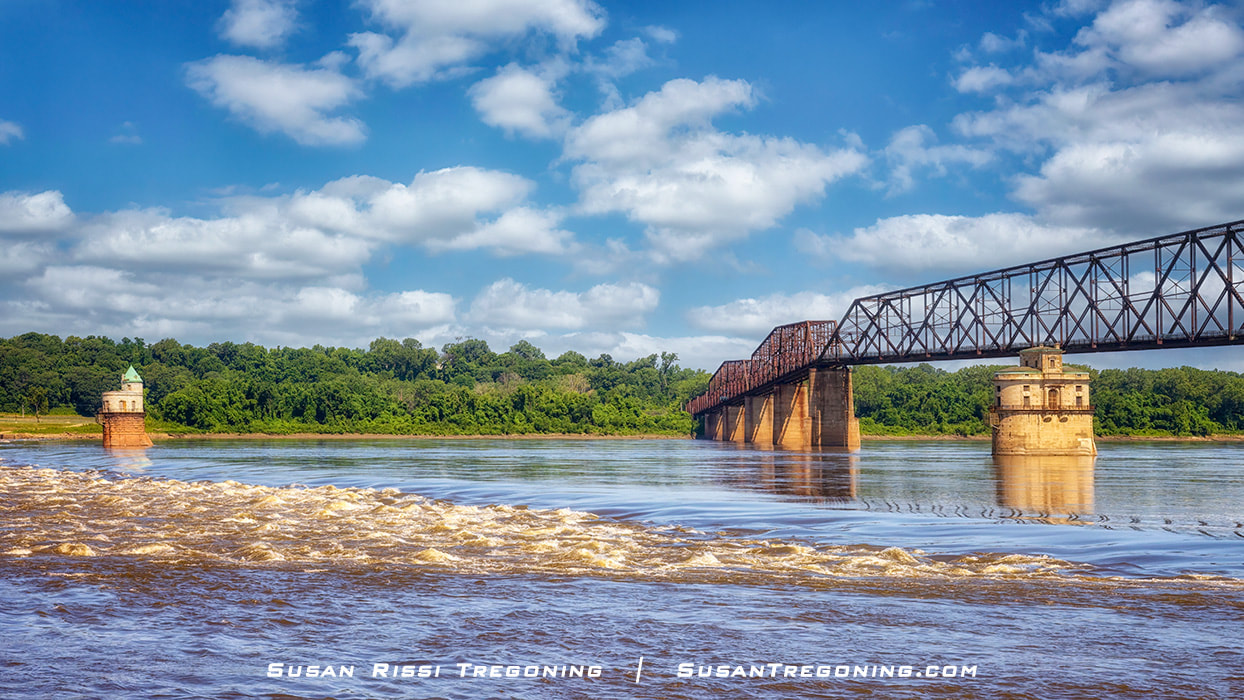
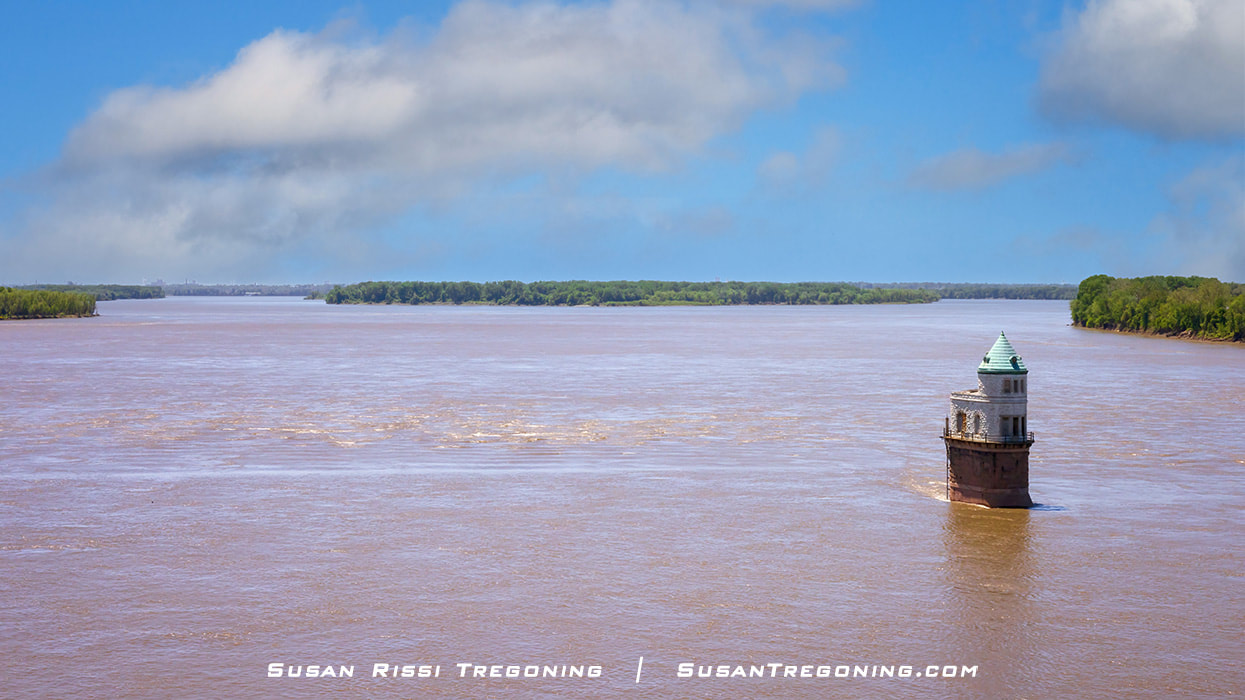
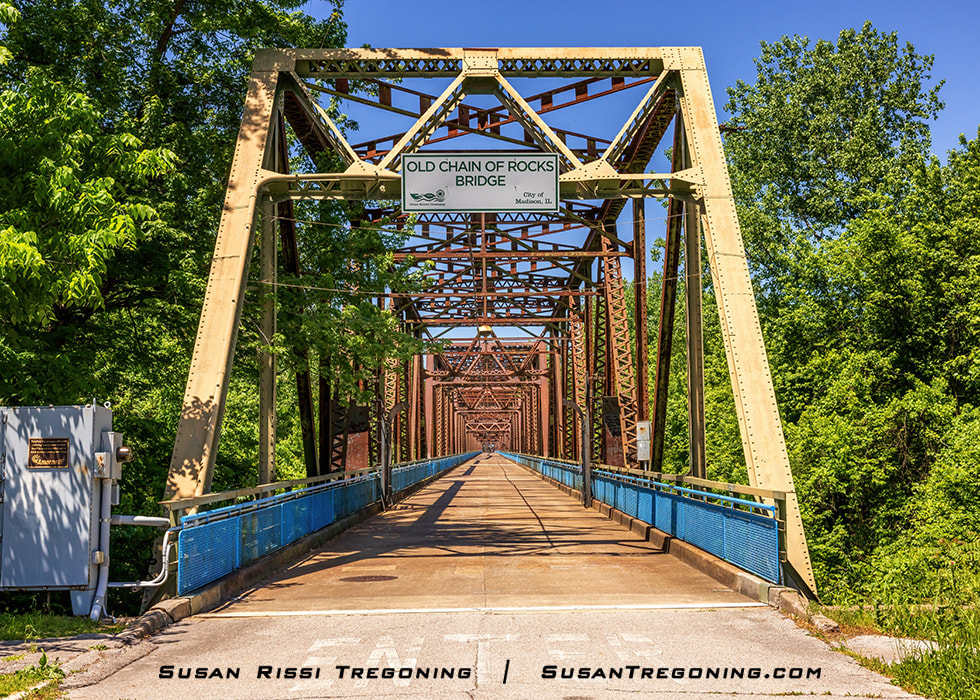
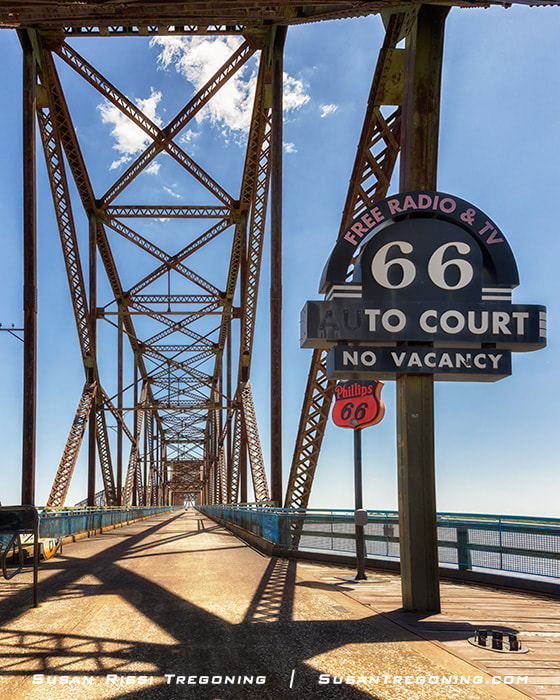
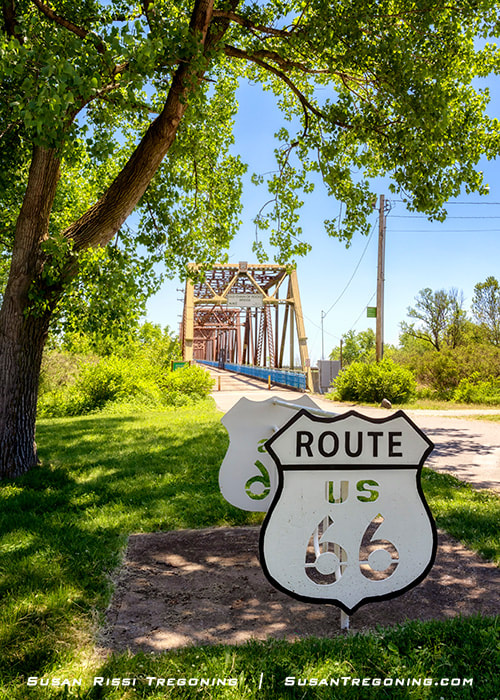
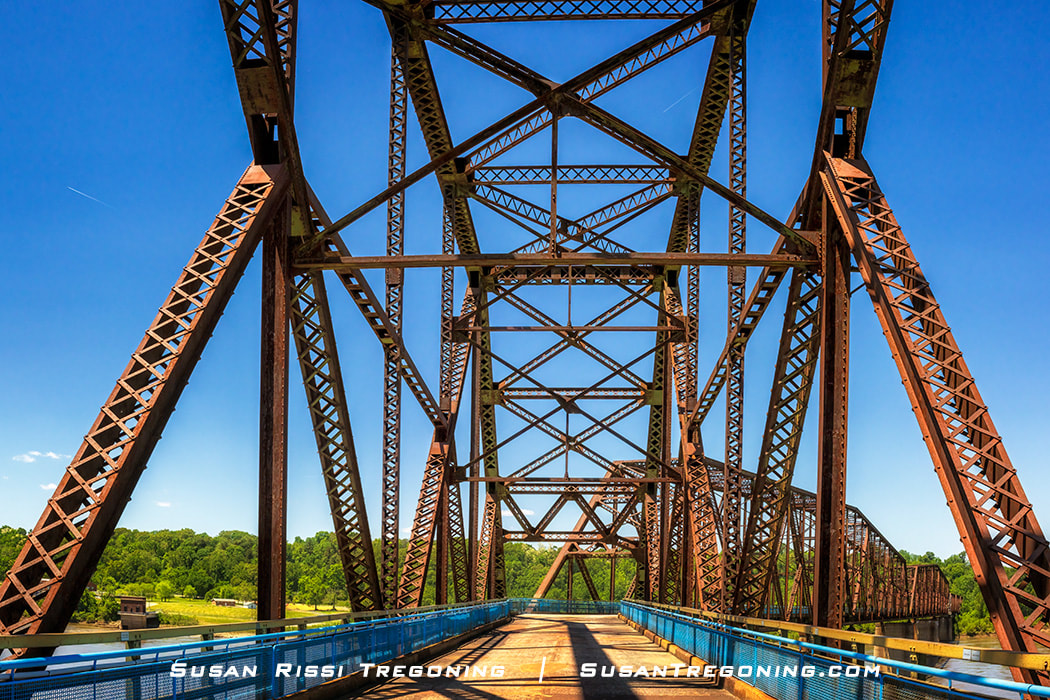
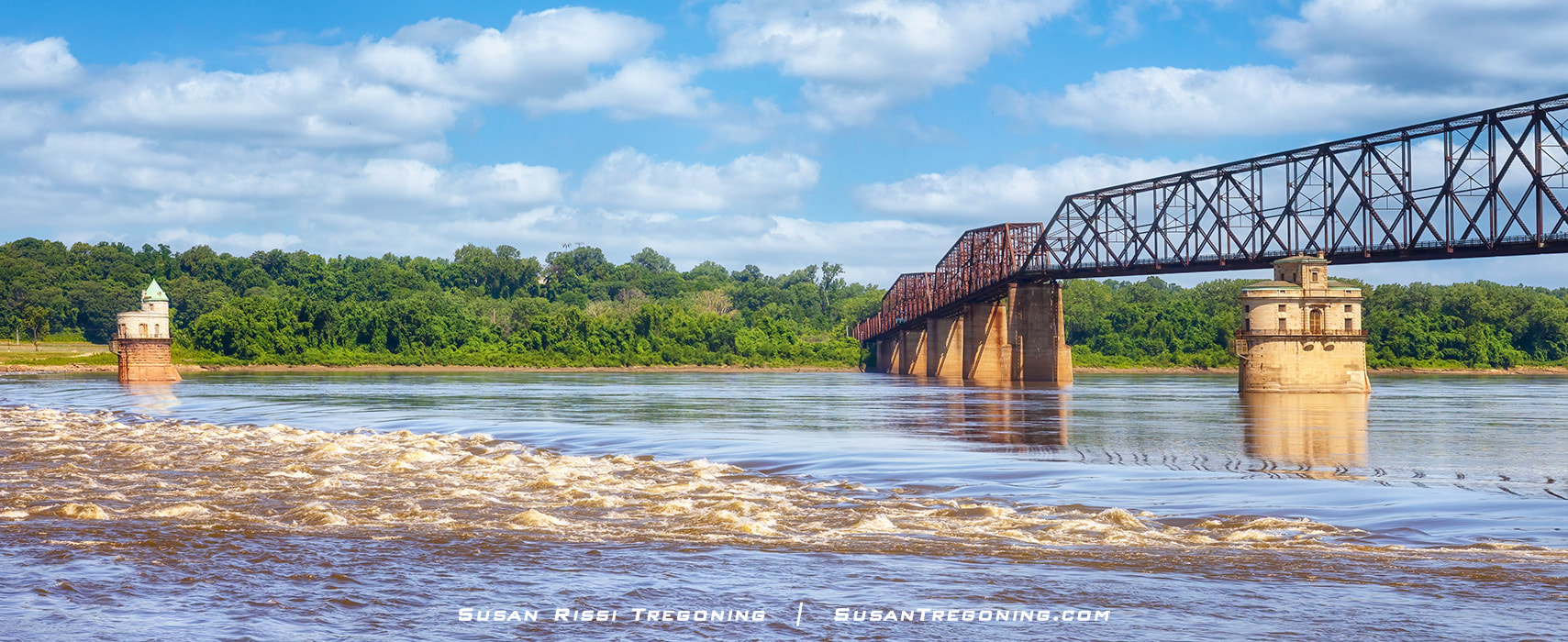

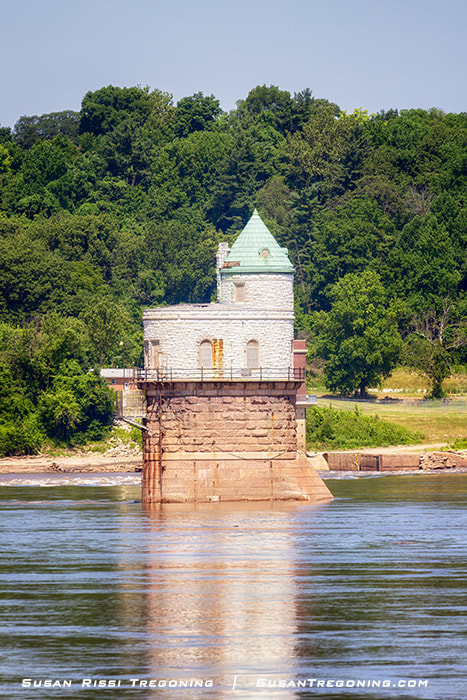
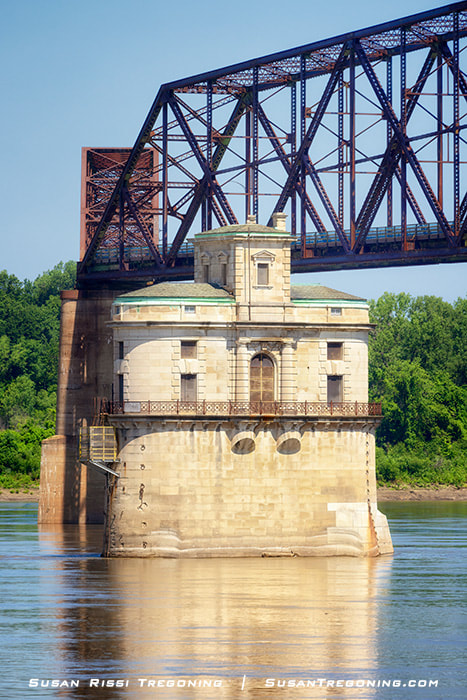
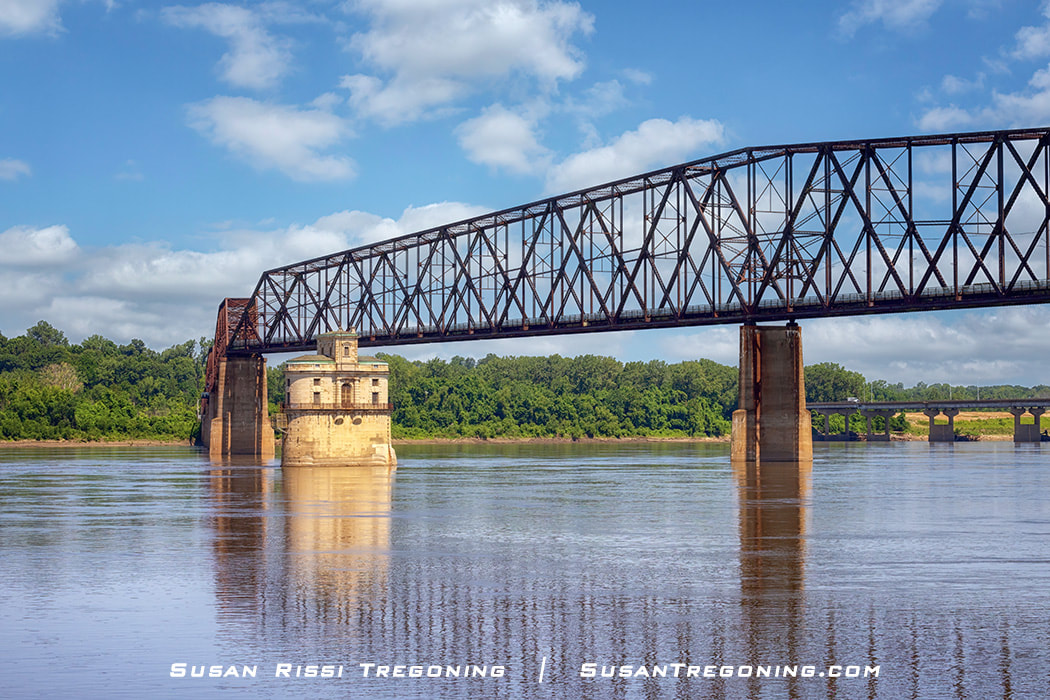


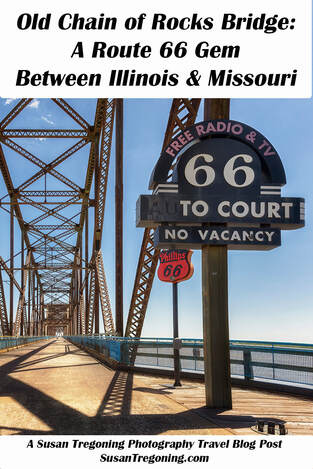
 RSS Feed
RSS Feed